If you visit Norwich Cathedral you'll find this cheerful chap along the nave wall.
The inscription says:
All you that do this place pass bye
Remember death for you must dye
as you are now even so was I
And as I am so that you be.
Thomas Gooding Here do staye
Waiting for Gods judgement daye
About 400 years ago Thomas was buried in the cathedral standing up - so he'd be able to get up faster on judgement day.
Friday 28 August 2015
Thursday 20 August 2015
Ancient Britons
 |
| Early Roman Britain and the local tribes |
The Britons were fond of a party, and loved showing off to their neighbours by throwing ever more lavish and richer events in an escalating round of oneupmanship. The Romans were great wine makers and a price was pretty quickly agreed on. Wine was transported in long, clay containers called amphorae, with a capacity of about 20 litres. And you could obtain one from a Roman in exchange for a slave.
Your first option was to get rid of unwanted family, of course. All those useless daughters, weakling sons, spare uncles, grannies and anyone else who didn't contribute to the tribe's upkeep. But once you ran out of relatives you had no option but to declare war on your neighbours.
So with cries of "let's go and beat up the Iceni" the Brits would go off to battle, seize a few potential slaves, then swap them for amphorae of the rich Roman red stuff - and party like it's 9BC. This all happened at a time archaeologists called LPRIA (Late pre-Roman Iron Age).
It went on for quite a few years, until the Romans got bored and just invaded, to seize their own slaves and keep the wine for themselves.The tribes continued to exist after the Roman invasion and made their own local deals with the new overlords. Although some didn't want to give in.
The Iceni were pretty fed up with it all by that stage and fought hard against the Romans, but they were eventually overcome, in spite of the best efforts of the brave Bodicea (Boudicca, whatever you want to call her).
A note on amphorae
They were tall, narrow, had shoulder-like handles, and came to a point at the bottom. The shape allowed them to be stacked on ships with the point slotted into the handle of the one below, and hence they didn't roll around in rough weather. They are often still found in situ in shipwrecks in the Mediterranean.
This photo (left) is from the Institute of Nautical Archaeology (INA) website.
I pinched the top map from Pinterest, so I have no idea where it originally came from. Sorry.
Wednesday 19 August 2015
Casuals
Another sculpture on Salford Quays. This one represents the casual dock workers who were employed on a day by day basis. It was created by a group of designers from Cheshire who worked with former employees to capture a taste of what the docks were like.
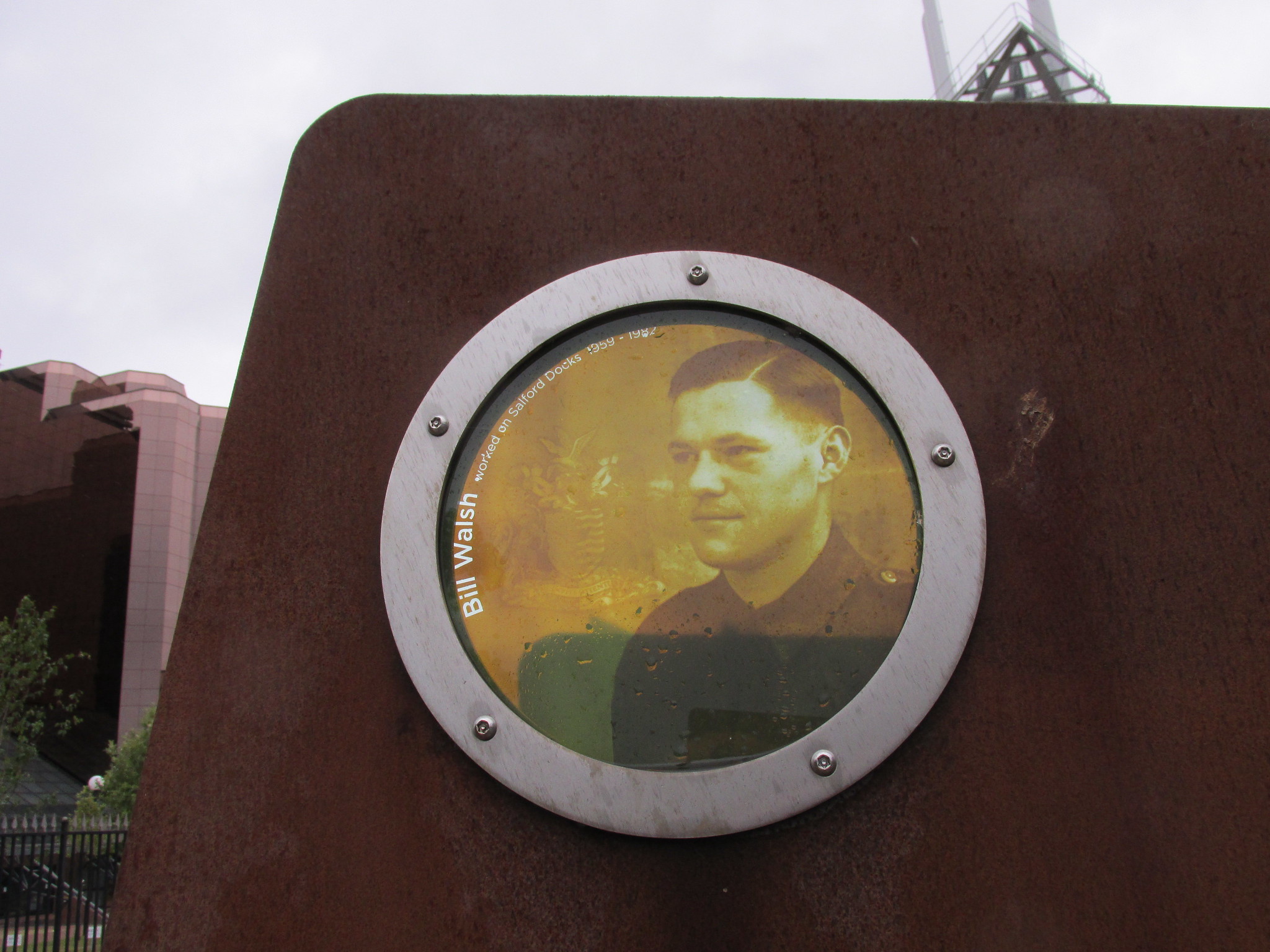 Dockers had to belong to a union in order to be employed and had to turn up daily and compete with others for limited jobs. They were chosen for their strength and speed and if they were taken on, would take home a wage at the end of the day. Those who failed to make the grade went home without money, and their families often went without food and heating as a result.
Dockers had to belong to a union in order to be employed and had to turn up daily and compete with others for limited jobs. They were chosen for their strength and speed and if they were taken on, would take home a wage at the end of the day. Those who failed to make the grade went home without money, and their families often went without food and heating as a result.
The sculptures represent union cards and feature pictures of some of the people who earned their living on the docks and helped to design the piece.
 Dockers had to belong to a union in order to be employed and had to turn up daily and compete with others for limited jobs. They were chosen for their strength and speed and if they were taken on, would take home a wage at the end of the day. Those who failed to make the grade went home without money, and their families often went without food and heating as a result.
Dockers had to belong to a union in order to be employed and had to turn up daily and compete with others for limited jobs. They were chosen for their strength and speed and if they were taken on, would take home a wage at the end of the day. Those who failed to make the grade went home without money, and their families often went without food and heating as a result. The sculptures represent union cards and feature pictures of some of the people who earned their living on the docks and helped to design the piece.
Monday 17 August 2015
Bringing history to life: Salford Quays
Of course Salford Quays was once a massive and significant port, although there is very little boat traffic left today. (Modern lifting bridges imply that there is SOME large shipping, but there wasn't enough to make an appearance in the three days I was there.)
The artworks around the water's edge tell part of the tale of the area and the people who lived and worked there. I rather liked one called Nine Dock, which is in the form of a large number nine, lying on its back so it can serve as seating. Set into the surface are quotes from residents.
"Everybody going somewhere, everybody doing something. Countless railway lines. Shunting trains going through all the time, and lorries queued up. It was organised chaos." John Baker.
"During the war anyone who had the allotments used to share out what they grew. Oranges and chocolates were thrown from the Manchester liners coming through the canal." Pauline Thompson.
"My father went out one day and saw a man drawing a picture and said "What yer doing mister?" to be told not quite so politely to run away and play. They found out later that the man was L S Lowry." Ann Howarth.
No 9 dock was once the busiest and largest in Salford. It opened in 1905 and was big enough to hold 10 ocean liners. The sculpture was unveiled in 2010.
Saturday 15 August 2015
Bishop's Bridge
In a recent post about Norwich I mentioned Bishop Bridge and then realised I hadn't shown you a photo of it. It's a wonderful medieval packhorse bridge over the Wensum and is worth a detour to see. A plaque on the side says it was built in 1340 and that the Earl of Warwick's troops fought a battle nearby in 1549.
Grade II* listed.
Grade II* listed.
Friday 14 August 2015
Gargoyles, grotesques and corbels
Of course, as always in this kind of topic, the question arose as to whether or not he's a gargoyle. The simple answer is: no.
I have two sources to back me up in this discussion. The first is my architectural 'bible' The Penguin Dictionary of Architecture and Landscape Architecture. ( I use the 1999 paperback, fifth edition for anyone who's interested.)
 |
| This is a gargoyle |
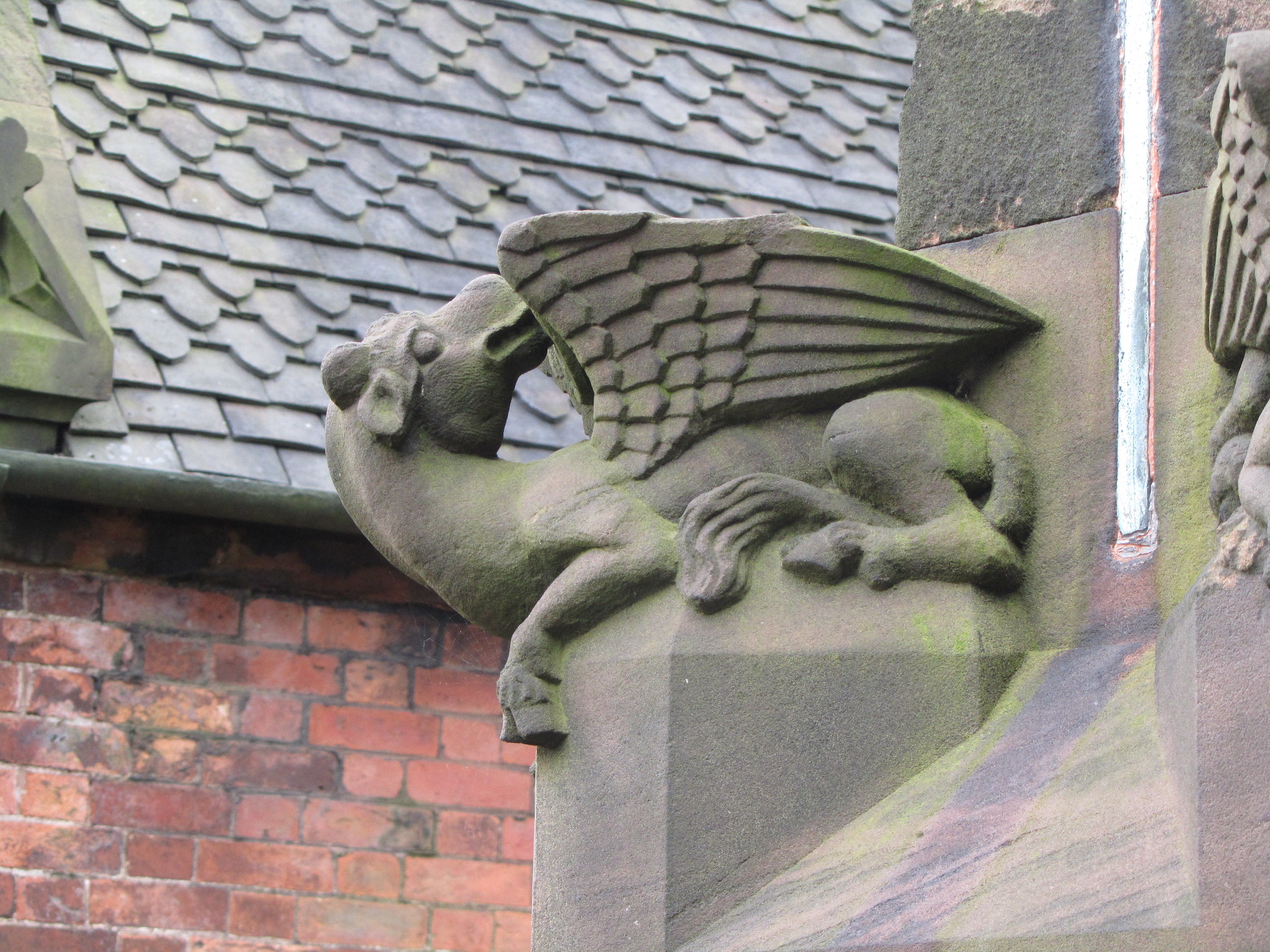 |
| This is a grotesque |
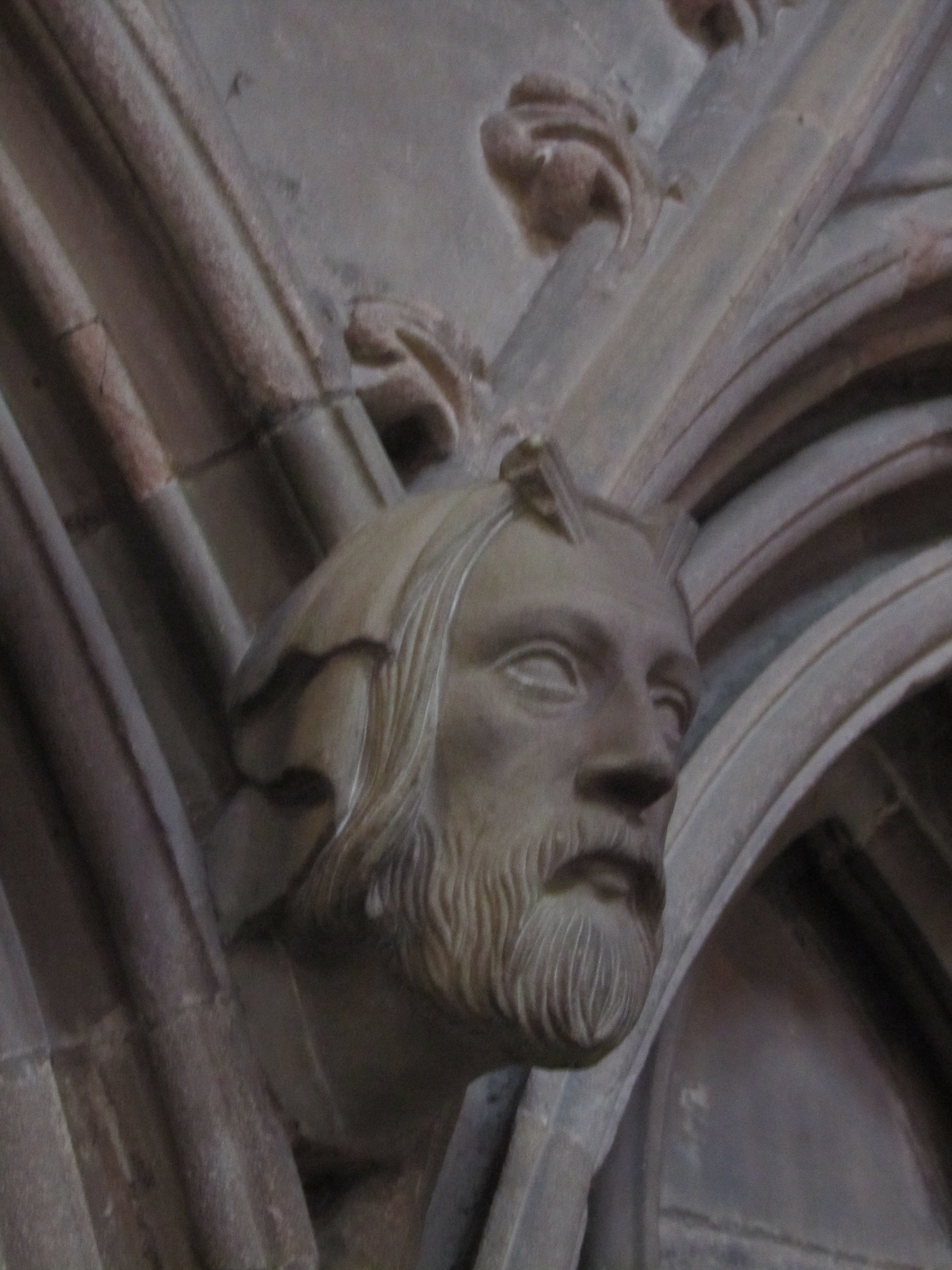 |
| This is a corbel |
Thursday 13 August 2015
Lollard Norwich
More from our Norwich trip.....
A little further along the Riverside Walk from Cow Tower, near Bishop Bridge, is a commemoration stone set into the grassy bank. Close by is a pub called The Lollards' Pit. Until I encountered the pub and the stone I knew nothing about Lollards or their troubles.
The stone reads:
To the glory of god and in grateful memory of Thomas Bilney MA LLB (Fellow of Trinity Hall Cambridge) burnt to death in the Lollards' pit Norwich August 19th 1531 for spreading the gospel of free salvation by faith in the atoning blood of Christ once offered on the cross. Blessed martyr of god - spiritual father of the Reformation in England.
Also of William White a follower of John Wicliffe a Lollard, September 1428 and the following who were burnt in the reign of Queen Mary I (Tudor)
Cicely Ormes 1557
Simon Miller 1557
Elizabeth Cooper 1557
Richard Crasfield 1557
William Seaman 1558
Thomas Carman 1558
Thomas Hudson 1558
Richard Yeoman 1558
They loved not their lives unto the death Rev. 12 v11
These all died in the cause of biblical evangelical Christianity and in denial of the unscriptural doctrines of the Church of Rome.
Provided by the council and supporters of the Protestant Alliance.
So who were the Lollards?
Lollardy was a political and religious movement begun by John Wycliffe in the mid 14th century. He was a theologian who was thrown out of Oxford University in 1381 because of his criticism of the church.
He and others accused the Roman Catholic church of becoming corrupted by earthly matters and of drifting away from biblical texts. They said that church officials should not hold positions of power within the State because it was a conflict of interest. Lollards also preached iconoclasm and said money spent on expensive artworks and rich artefacts should properly be spent on helping the poor.
One belief that was particularly offensive to the establishment was the claim that the cross, nails, spear and crown of thorns from the crucifixion should not be honoured unless Judas's kiss was also seen as holy.
Although the movement had some support in political high places it was inevitably condemned as heretical and its followers were deemed criminals. They were imprisoned and later put to death by fire.
I don't want to turn this into a political or religious rant, but regular readers of my old blog will know that I have strong views in this area. Given what's going on in the world right now, and the feelings some acts are generating in the supposedly 'civilised' West, it's worth remembering that there are very few religions which were not, at some point in their history, over-zealous in their treatment of anyone who disagreed with their doctrines.
A little further along the Riverside Walk from Cow Tower, near Bishop Bridge, is a commemoration stone set into the grassy bank. Close by is a pub called The Lollards' Pit. Until I encountered the pub and the stone I knew nothing about Lollards or their troubles.
The stone reads:
To the glory of god and in grateful memory of Thomas Bilney MA LLB (Fellow of Trinity Hall Cambridge) burnt to death in the Lollards' pit Norwich August 19th 1531 for spreading the gospel of free salvation by faith in the atoning blood of Christ once offered on the cross. Blessed martyr of god - spiritual father of the Reformation in England.
Also of William White a follower of John Wicliffe a Lollard, September 1428 and the following who were burnt in the reign of Queen Mary I (Tudor)
Cicely Ormes 1557
Simon Miller 1557
Elizabeth Cooper 1557
Richard Crasfield 1557
William Seaman 1558
Thomas Carman 1558
Thomas Hudson 1558
Richard Yeoman 1558
They loved not their lives unto the death Rev. 12 v11
These all died in the cause of biblical evangelical Christianity and in denial of the unscriptural doctrines of the Church of Rome.
Provided by the council and supporters of the Protestant Alliance.
So who were the Lollards?
Lollardy was a political and religious movement begun by John Wycliffe in the mid 14th century. He was a theologian who was thrown out of Oxford University in 1381 because of his criticism of the church.
He and others accused the Roman Catholic church of becoming corrupted by earthly matters and of drifting away from biblical texts. They said that church officials should not hold positions of power within the State because it was a conflict of interest. Lollards also preached iconoclasm and said money spent on expensive artworks and rich artefacts should properly be spent on helping the poor.
One belief that was particularly offensive to the establishment was the claim that the cross, nails, spear and crown of thorns from the crucifixion should not be honoured unless Judas's kiss was also seen as holy.
Although the movement had some support in political high places it was inevitably condemned as heretical and its followers were deemed criminals. They were imprisoned and later put to death by fire.
I don't want to turn this into a political or religious rant, but regular readers of my old blog will know that I have strong views in this area. Given what's going on in the world right now, and the feelings some acts are generating in the supposedly 'civilised' West, it's worth remembering that there are very few religions which were not, at some point in their history, over-zealous in their treatment of anyone who disagreed with their doctrines.
Saturday 8 August 2015
Who Do You Think You Are?
I don't know about you, but I'm addicted to the BBC's genealogy series Who Do You Think You Are? and I'm excited about the new series that starts this Wednesday. History has always seemed a bit too fixated with 'Kings and Dates' for me. I've always been far more interested in what ordinary folk experienced, rather than the politics. Maybe that's why I studied archaeology, not history.Archaeology is the science of reconstructing cultures from physical remains. Texts can be part of the story, but not all of it, unlike in history.
But when it comes to Who Do You Think You Are? it's text evidence all the way - so why is this so different? Because it's about real people. The programmes start with somebody well-known, but their ancestors were rarely important. They were ordinary folk, experiencing ordinary things. And in many cases those ordinary things were pretty harsh.
Wednesday's new series begins with baker Paul Hollywood, but for some reason the BBC is being coy about who else is involved. I've recognised Derek Jacobi in the programme trailer, and Military Wives choirmaster Gareth Malone. There's also actress Frances De La Tour. I THINK I've spotted foodie John Torode, and maybe actress Anne Reid (Derek Jacobi's Last Tango in Halifax co-star), but my celebrity-ometer is not particularly well developed and the other faces are lost on me.
It doesn't matter, though. Even when I've not heard of the person, or even when I don't particularly like them, their ancestors are fascinating to me. Roll on Wednesday!
But when it comes to Who Do You Think You Are? it's text evidence all the way - so why is this so different? Because it's about real people. The programmes start with somebody well-known, but their ancestors were rarely important. They were ordinary folk, experiencing ordinary things. And in many cases those ordinary things were pretty harsh.
Wednesday's new series begins with baker Paul Hollywood, but for some reason the BBC is being coy about who else is involved. I've recognised Derek Jacobi in the programme trailer, and Military Wives choirmaster Gareth Malone. There's also actress Frances De La Tour. I THINK I've spotted foodie John Torode, and maybe actress Anne Reid (Derek Jacobi's Last Tango in Halifax co-star), but my celebrity-ometer is not particularly well developed and the other faces are lost on me.
It doesn't matter, though. Even when I've not heard of the person, or even when I don't particularly like them, their ancestors are fascinating to me. Roll on Wednesday!
Sunday 2 August 2015
St James Mill, Norwich
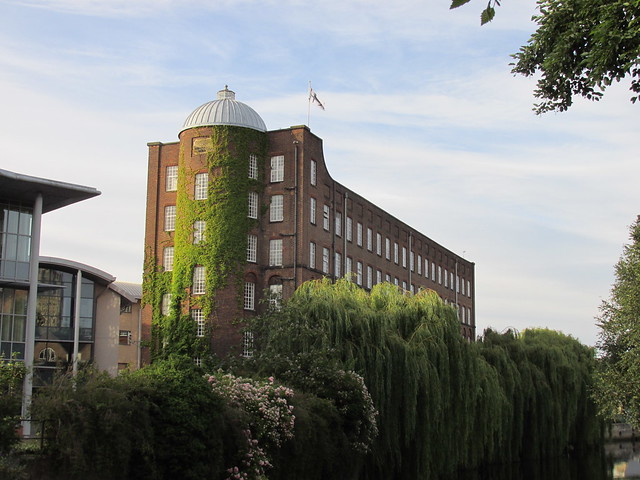 Something else from my riverside walk while we were in Norwich a couple of weeks ago. This Grade I listed building stands on the site of a former Carmelite Friary (white friars) on the banks of the River Wensum.
Something else from my riverside walk while we were in Norwich a couple of weeks ago. This Grade I listed building stands on the site of a former Carmelite Friary (white friars) on the banks of the River Wensum.The mill complex originally consisted of six buildings, including two weaving sheds, two engine houses and a boiler house, with a 50 metre high chimney. The mill building itself is five storeys high.
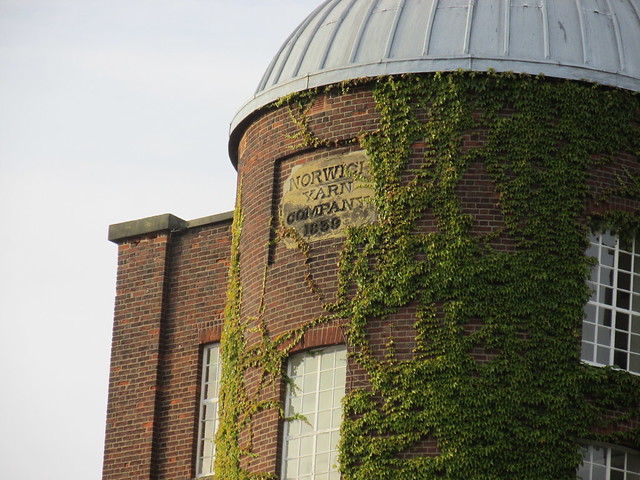 It was built in 1836 to 39 by the Norwich Yarn Company, which had been established three years earlier in a bid to prevent the collapse of the textile trade in the town. During its life it has had a number of owners and tenants, including Caley's chocolate manufacturers.
It was built in 1836 to 39 by the Norwich Yarn Company, which had been established three years earlier in a bid to prevent the collapse of the textile trade in the town. During its life it has had a number of owners and tenants, including Caley's chocolate manufacturers.From 1918 it was used to teach new skills to servicemen injured in the First World War. Classes included carpentry, bricklaying, tailoring and watch repair. It is currently home to Jarrold's printers and houses offices and the John Jarrold print museum.
Subscribe to:
Posts (Atom)
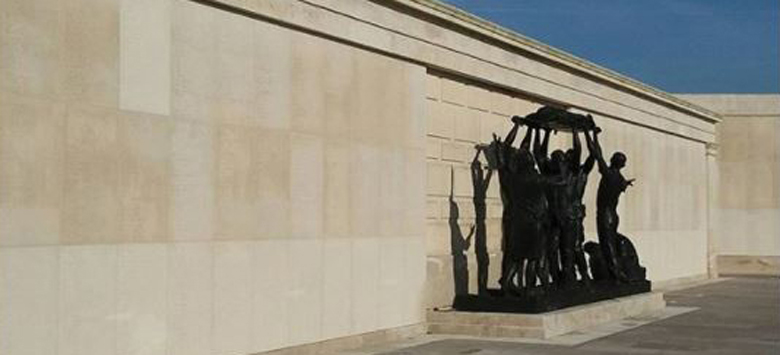

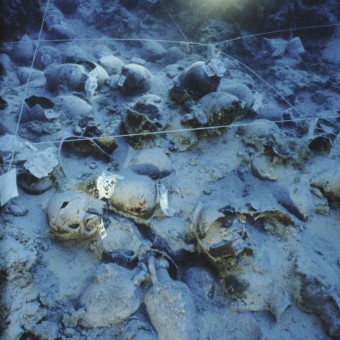

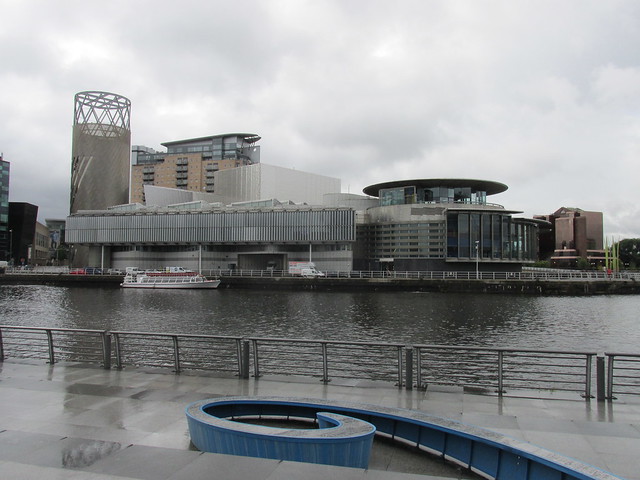
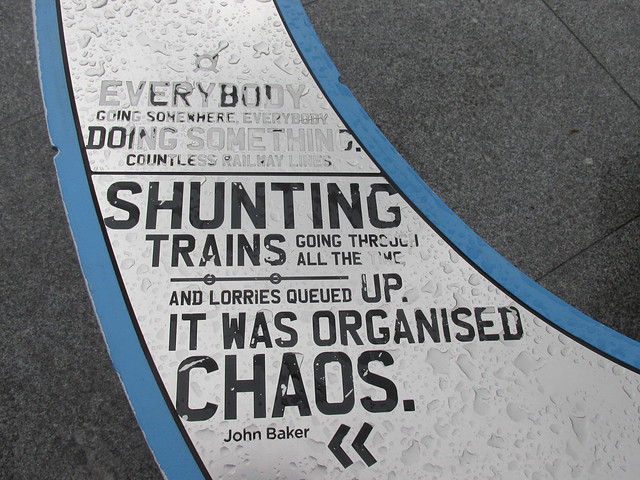

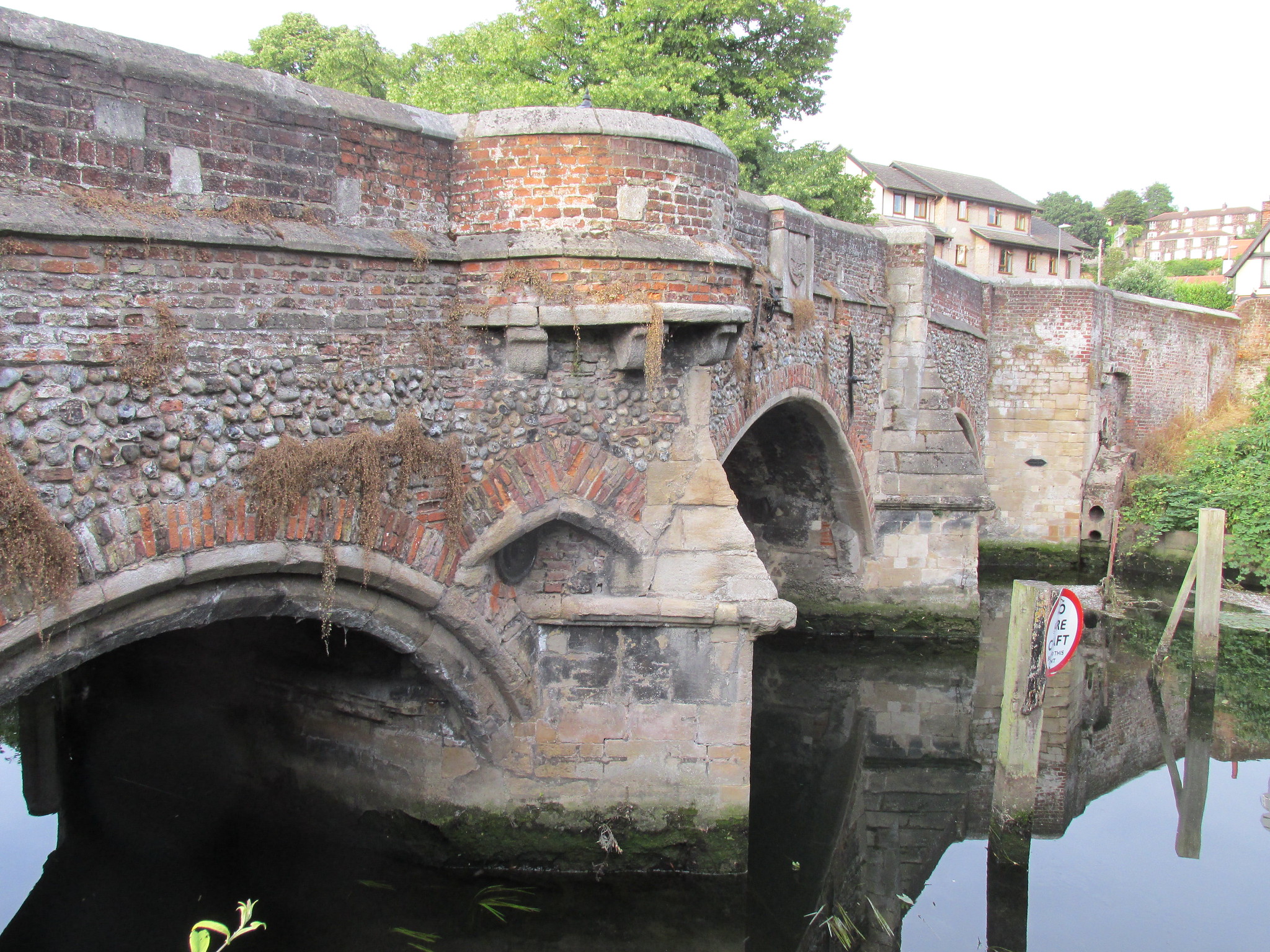

.jpg)